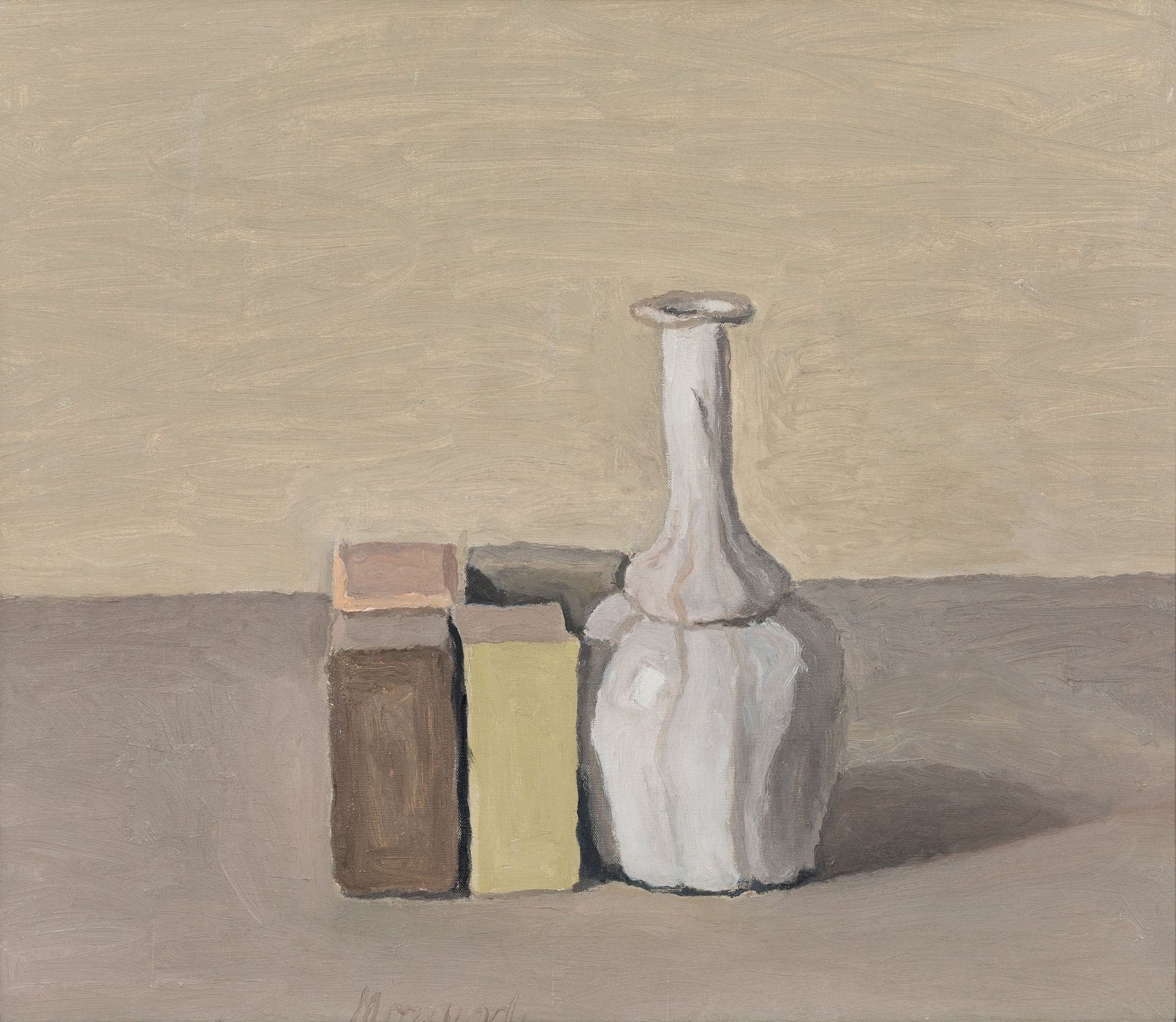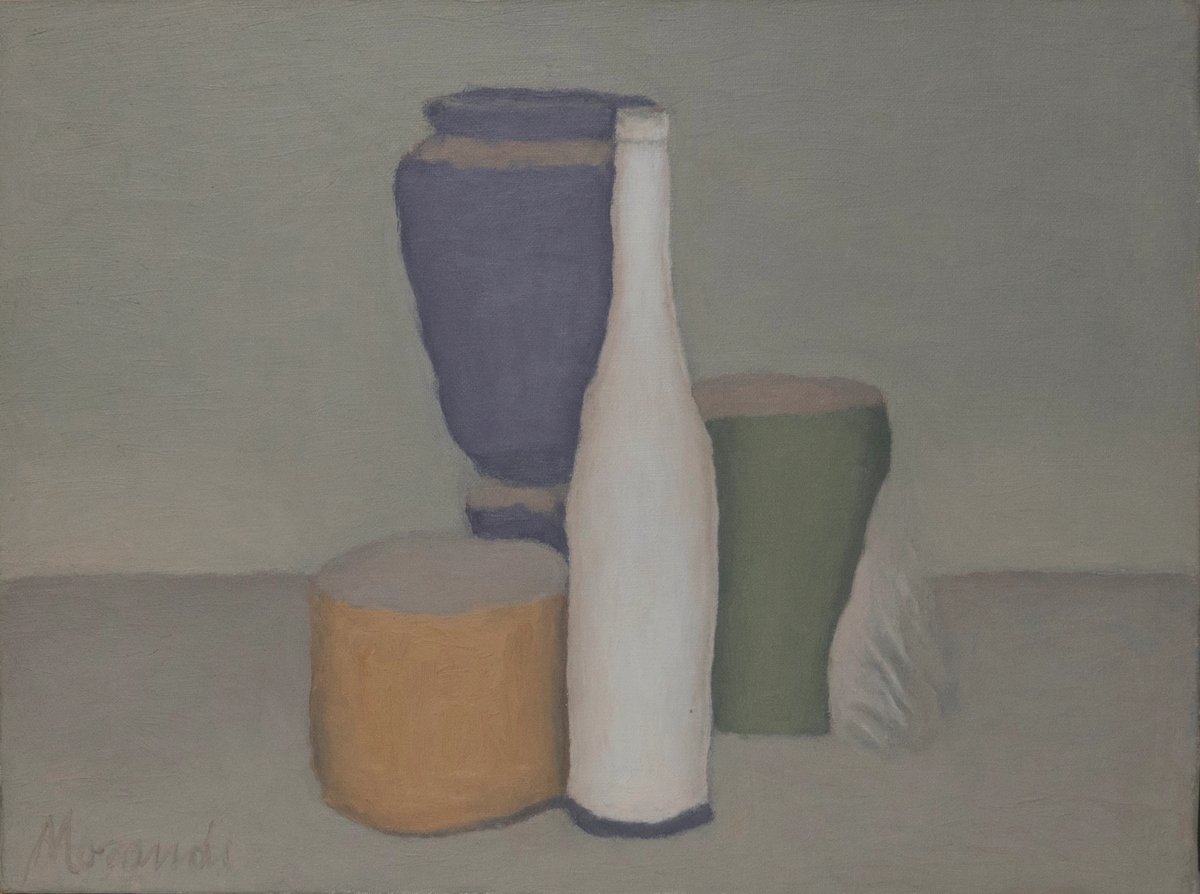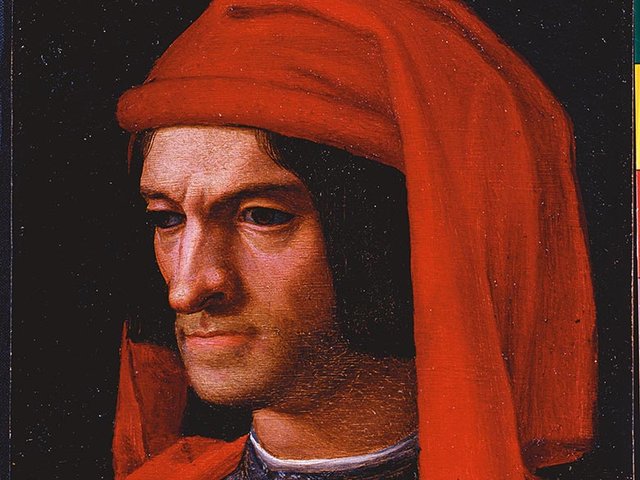A modestly sized Italian gallery has succeeded where mega dealers have failed in bringing together around 70 works by the Italian Modern artist Giorgio Morandi in a career-spanning exhibition in New York later this month.
Organised by the Rome-based dealer Mattia de Luca, the show features around 55 paintings and 15 works on paper from between 1913 and 1964, including the artist’s signature still-lifes, as well as landscapes and flower paintings. It coincides with the 60th anniversary of the artist’s death.
The show is “among the largest and most significant exhibitions devoted to the artist in the US in nearly 20 years”, according to a spokeswoman for the gallery. The last exhibition in New York of this scale and scope was in 2008 at the Metropolitan Museum of Art and included 110 works.

Giorgio Morandi’s Natura morta (V. 907) (1954)
Opening on 26 September, Time Suspended, part II will be presented in a beautiful 19th-century townhouse on East 63rd Street off Fifth Avenue (September 26 to November 26, by appointment only). As the title indicates, the New York show is a follow up to an exhibition De Luca had in his Rome gallery in spring 2022.
Morandi’s estate is not represented by a gallery, though dealers including Larry Gagosian and David Zwirner have mounted shows in the past. The estate was left to a foundation in Bologna, which founded the Museo Morandi and now houses the largest collection of the artist’s work, bequeathed by Morandi’s sister.
The Giorgio Morandi Study Centre, meanwhile, oversees his archive; the centre’s director Marilena Pasquali has organised the New York show alongside De Luca.
Often described as an artist’s artist, Frank Gehry, Vija Celmins, Edmund de Waal, Robert Irwin, Wayne Thiebaud and Zeng Fanzhi, among others, have all cited Morandi as an inspiration, while his paintings have appeared in films including Federico Fellini's, La Dolce Vita (1960).
De Luca has spent the past year sourcing works, several of them tucked away in private collections for more than half a century. Many have distinguished provenances, including pieces once owned by the American artist Robert Rauschenberg, the legendary Italian director Vittorio De Sica and the noted dealer Curt Valentin. Another painting was shown at the São Paulo Biennial in 1957 when Morandi pipped Jackson Pollock to take the grand prize for painting.
Only five works are for sale—De Luca notes how “difficult it is to access fresh works on the market”. He adds: “Morandi’s is a very stable and strong market, but it’s also a very niche market. Very sophisticated collectors buy his work—they are certainly not speculators.” Prices for his paintings range from around €1.2m to €4.5m— “He’s still very under-appreciated, value wise, given his art historical standing,” De Luca says.
Outside of Italy, where Morandi’s most steadfast private collectors reside, the artist has a significant following in the US as well as China, particularly among those who collect Modern and Minimalist art, De Luca says. His works are in institutional collections around the world—from the White House and the Museum of Modern Art in New York to the Peggy Guggenheim Collection in Venice and the Hermitage Museum in St Petersburg. “Morandi dedicated his life to portraying everyday objects, which all of a sudden assume somewhat mystical and other worldly appearances,” De Luca says. “Nonetheless, or maybe because of this, his work is very approachable.”





